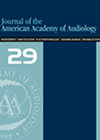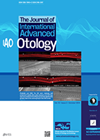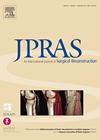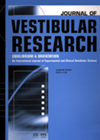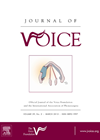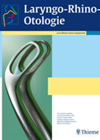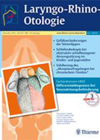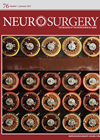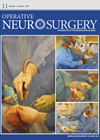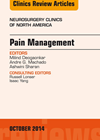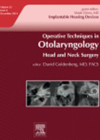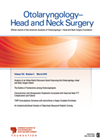
Journal Reviews archive for May 2015
Treating benign positional paroxysmal vertigo
Benign positional paroxysmal vertigo (BPPV) is one of the most common causes of dizziness. Its treatment is the repositioning of displaced otoliths by the canalith repositioning manoeuvre (CRM). Post manoeuvre restrictions are commonly given to the patient. Their benefit has...
Leptin has no role in idiopathic sudden sensorineural hearing loss
This paper from Turkey claims to be the first study dealing with the relationship between leptin and idiopathic sudden sensorineural hearing loss (ISSHL). I remember leptin being a fashionable topic in obesity research, when leptin deficiency was thought to be...
Surgical indications for infantile haemangiomas
Infantile haemangiomas are embryonal tumours and represent the most common tumour of infancy, with an estimated incidence 4-5%. There is well-described natural history, usually becoming apparent in the first few weeks of life and proliferating rapidly in the first few...
Selective otolith dysfunctions objectively verified
Three cases of patients with acute onset vertigo are presented here. The presenting symptoms are described for each case along with the results of vestibular and audiologic examination. This paper focuses on the results of vHIT in the plane of...
Gardasil vaccination – an effective adjuvant therapy for RRP?
The clinical manifestations of recurrent respiratory papillomatosis (RRP) can vary hugely from individual to individual. Whilst some affected children will outgrow the disease, a subset of patients will experience frequent recurrences and require multiple surgical procedures over the course of...
Inpatients versus Outpatient: septoplasty cost analysis in Germany
Although the vast majority of septoplasties in the UK are performed as day surgery procedures, the authors of this article highlight the differences in healthcare in Germany. The authors calculated a yearly cost reduction of 180 million euros if the...
The Impact of sleep endoscopy for paediatric obstructive sleep-disordered breathing
Paediatric obstructive sleep apnoea (OSA) is not always resolved or improved with adenotonsillectomy. Persistent or complex cases of paediatric OSA may be due to sites of obstruction in the airway other than the tonsils and adenoids. Investigation of paediatric obstructive...
Choosing Wisely!
This article focuses on the prickly topic of healthcare costs and specifically on reducing spending on neuroimaging for headaches. Epidemiological studies indicate that the prevalence of lifetime headaches is 93 to 99% and accounts for 1.5% of all primary care...
Comparing surgical freedom of four transsphenoidal approaches to the sella
Four transspenoidal approaches to the sella were performed and studied by the authors on eight silicon-injected cadaveric heads. Surgical freedom, that is, the ability of the surgeon to move his or her hands in a fixed space, was determined with...
Argh! Facial pain! What to do??
We often come across patients with presentation of facial pain, but unless this is sinugenic in origin, our understanding and management of it can often be found wanting. Craniofacial pain is in fact highly complex and encompasses a wide range...
Experience of the Sophono transcutaneous bone conduction system
This article is a frank discussion of the authors’ experience implanting these devices. The principle of the device is surgical implantation of a bilobed magnet within a bony well in the cranium (similar position to BAHA). The implant is a...
Evidence for balloon eustachian tuboplasty
Balloon eustachian tuboplasty is an emerging intervention aimed at the management of eustachian tube dysfunction (ETD) and its sequelae. The authors acknowledge that ETD is a common but frequently ill-defined problem, with no well-established direct treatment. They performed a systematic...

